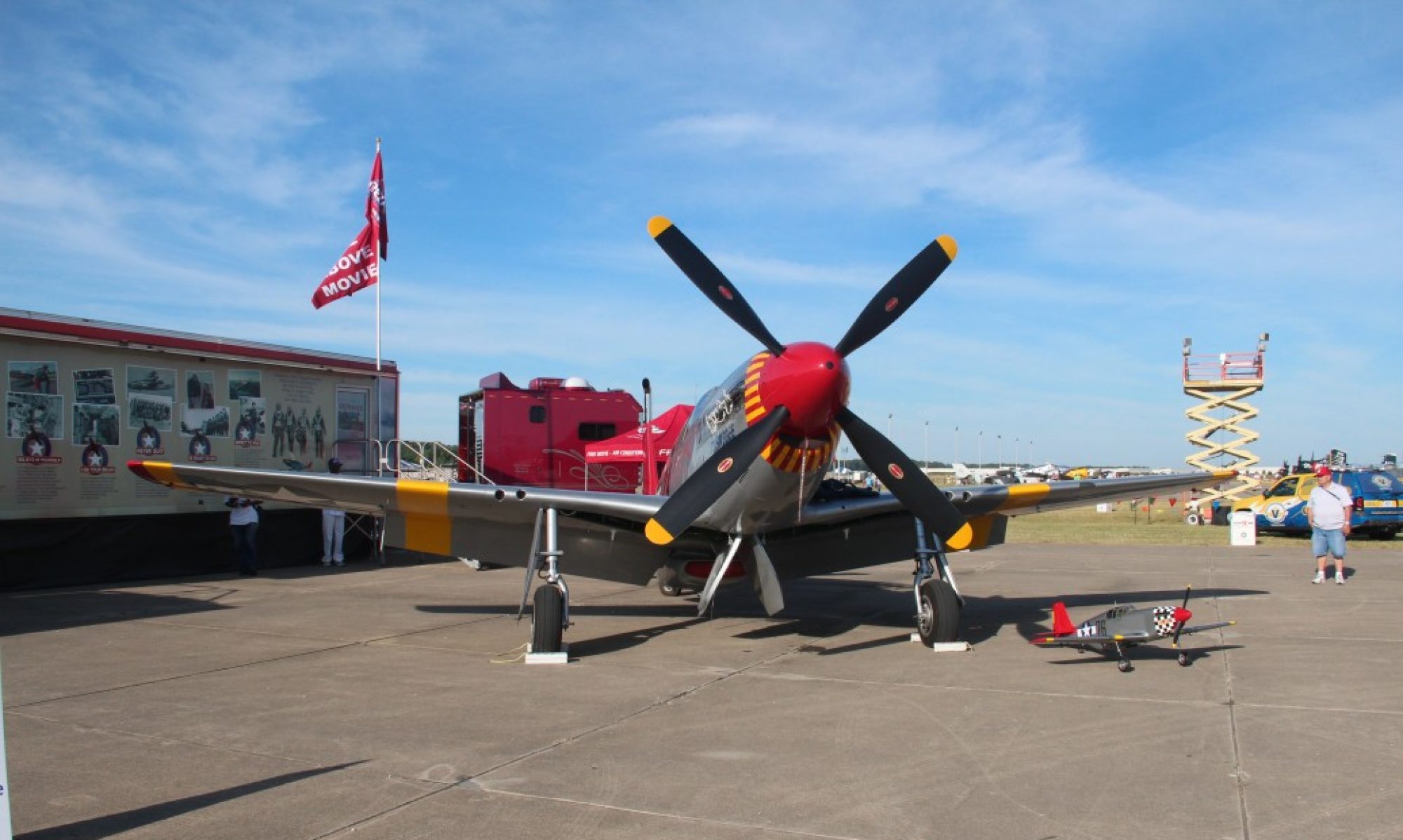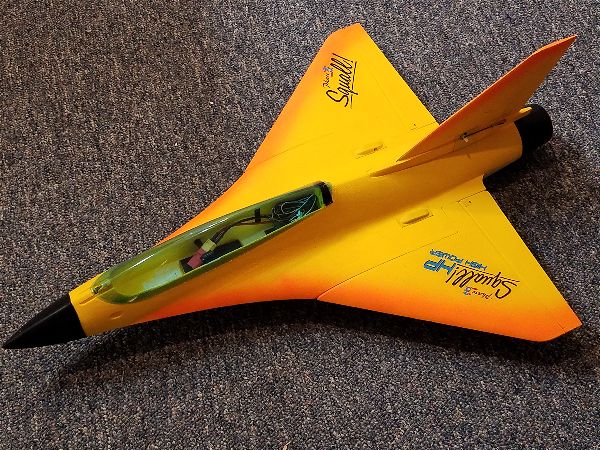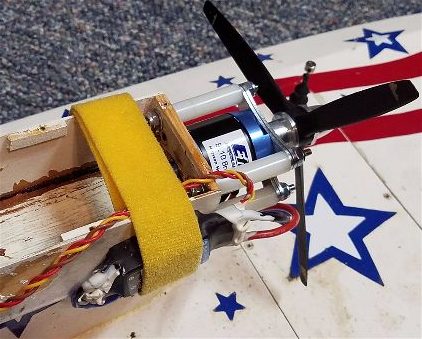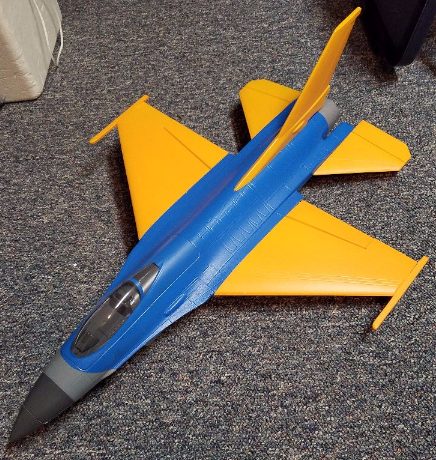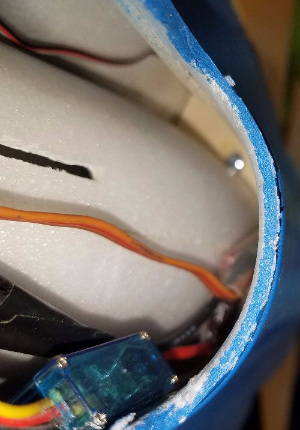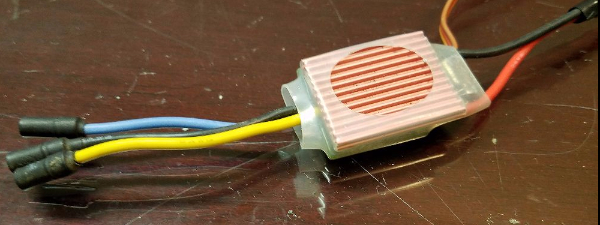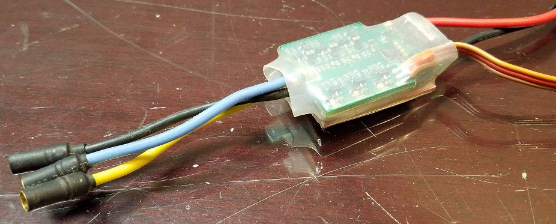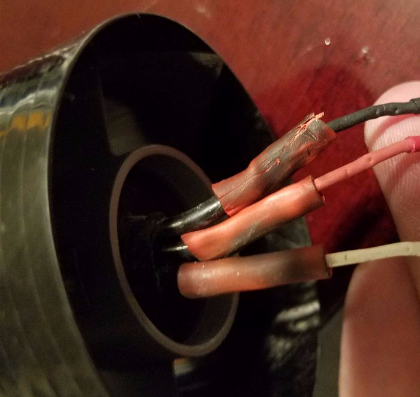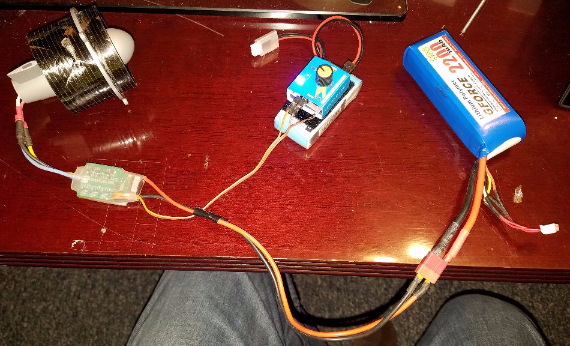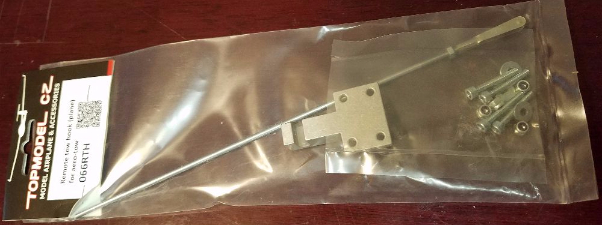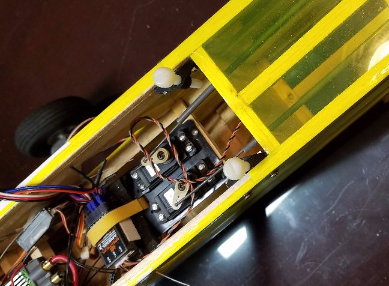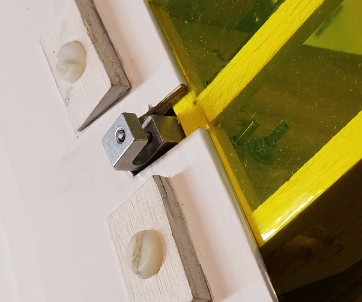Like many clubs, ours has an annual January 1st get together so that we can all get a “first flight of the year”. This year featured cold temperatures, 3 inches of snow… and did I mention REALLY COLD!
When I got to the field, Mr Steve Kessler was already waiting for another member to arrive so that he would have witness to his first flight… it was about 7:30AM and sunrise was set for about 8:15 so it was just starting to get light.
After we thawed out the lock on the door to the shelter, we fired up the generator, lit the heater and then went out to get in some early morning flying in.
Here’s a compilation of some video from Steve watching me arrive and noting the chilly temp (check out that dash display showing negative temps). That’s my Timber on the left with the orange wing tip stripes. Steve had his plane sitting out side while we got the shelter ready and one of his ailerons simply froze up… So our first flight became a solo.
Flying into the rising sun while it is still just below the horizon is a lot of fun. As are the floats on the snow. Better than skis in these soft and fluffy conditions.
Later on that same day I got out the Traxxas Fiesta AWD and mounted the camera on top for some more video.
It was a bit chilly (what’s -14 when you’re having fun?) but we started the day with a beautiful sunrise and proceeded to enjoy some hot chocolate, cinnamon rolls and a nice warm shelter for between flights! Later in the day we feasted on some brats and burgers along with baked beans and some tasty baked goods for good measure. All in all, a great start to the year. Here’s hoping 2018 ends as well as it began!
